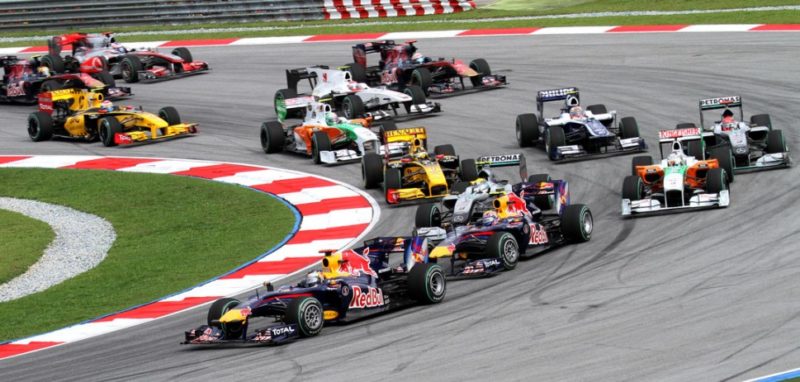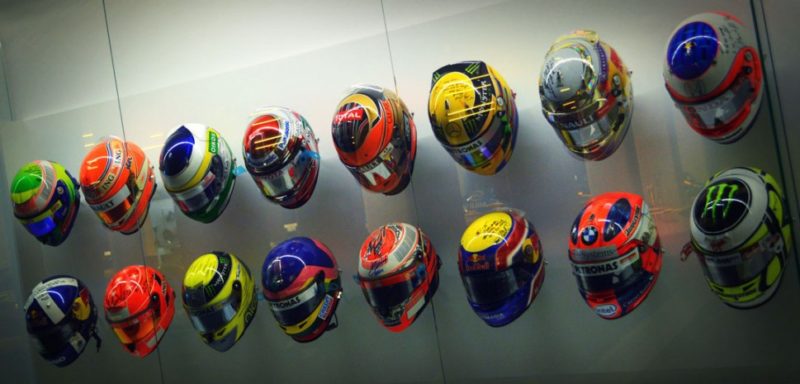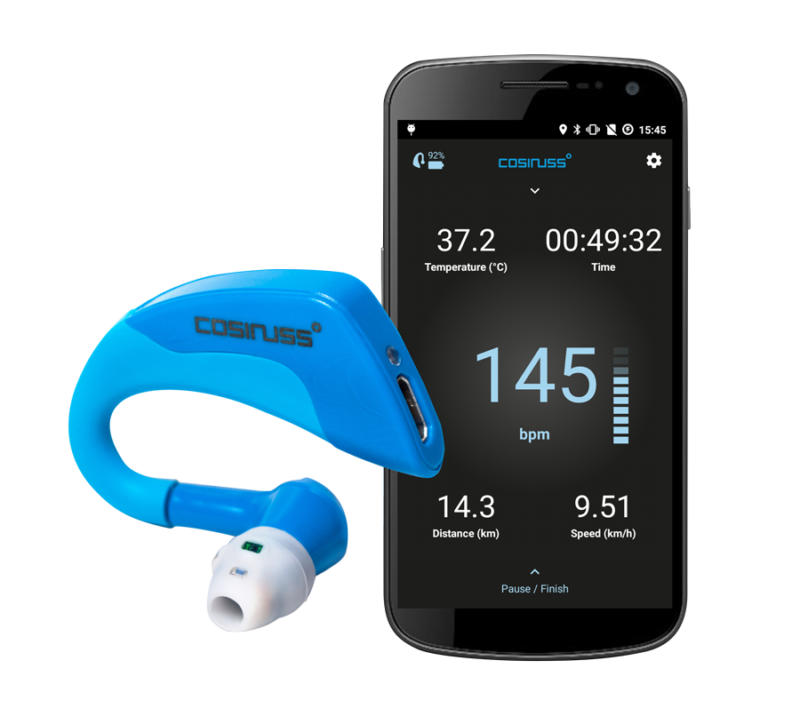Formula 1: Physical Strain in the Cockpit
cosinuss° cooperates with one of the leading Formula 1 teams and integrates the patented earconnect™ technology into the earphones of a motorsport radio set.
220 km/h equals 220 bpm: pulse and speed race up into the air. Formula 1 drivers are exposed to extreme physical strain during races. Acceleration and centrifugal forces, extreme heat and psychological pressure push them to their mental and physical limits. For safety reasons in particular, cosinuss° now monitors the vital parameters of the PS athletes in the cockpit of one of the leading racing teams. We have incorporated the cosinuss° One technology into the Formula 1 drivers’ wired talkback system.
Monitoring Vital Signs with cosinus°
Monitoring Vital Signs with cosinus°
The car’s measurement data is communicated via CANBUS and sent wirelessly from the car to the crew. The racing drivers themselves wear an in-ear audio system under their helmets, but their vital parameters have not yet been recorded.
We provided the technology of our One° sensor and connected the communication without hardware to the existing CANBUS system. The functions of the cosinuss° One are all retained. Positioned in the auditory canal, the earconnect™ technology transmits the vital parameters of the Formula 1 drivers in real time and throughout the entire race to the team management in the pits. The data were recorded:
- Heart rate
- heart rate variability
- body temperature
- acceleration forces

Heavy Acceleration and Centrifugal Forces
Heavy Acceleration and Centrifugal Forces
Due to the very high speeds that are reached in Formula 1 races, the body of the pilot is exposed to extraordinarily high g-forces in the winding race tracks. The strengths of these acceleration forces are comparable to those in a jet. During a nearly full braking in the curve entrances, from an extremely high speed to shortly before the standstill of the cars, a Formula 1 pilot can be stressed with up to 6 g, which is up to 6 times his body weight. In long, high-speed curves, the driver is pulled against the steering direction by the centrifugal forces and loaded with approx. 4 g, which is an extraordinary load for the head and neck in particular. But also the muscles of the shoulders, arms and legs are exposed to heavy loads: During a race they cope with a total load of 40,000 kg in approx. 60 laps.
Heat Generation and Severe Fluid Loss
Heat Generation and Severe Fluid Loss
A Formula 1 driver loses around four litres of fluid in heat races after 60 laps and burns up to 3,000 calories. This physical energy conversion sometimes leads to a maximum temperature of 60 ° Celsius under the fireproof overall.
Formula 1 drivers drive about 2 hours dressed in full gear with fireproof overalls and full-face helmets constricted in the tiny cockpit. Tightly lashed with 6-point belts and with almost no freedom of movement, they have to deliver top performances brightly awake. The tightness and the forces acting on the body mean an extreme stress situation for the drivers. So it is not surprising that their bodies heat up extremely during the race. During so-called “heat races” in often exotic parts of the world, the climate also makes it even more challenging.

Maximum Speed and Maximum Pulse
Maximum Speed and Maximum Pulse
Demanding Formula 1 circuits leave the pilots no time to breathe deeply between manoeuvres. During the race, the top pulse is 180 to 210 beats per minute. The mental stress situation in the racing car, the continuous maintenance of concentration in combination with the severe physical strain on the muscles caused by acceleration and centrifugal forces, as well as the excessive heat development, drive the heartbeat of a Formula 1 driver to heights that are at the limits of endurance sports. A moment of carelessness or weakness could have severe consequences for the drivers themselves, their competitors, the audience or the equipment.
On average, the fit heart of a Formula 1 driver usually beats between 140 and 170 times per minute during a race. This value is a remarkable performance of the drivers, considering that a race lasts up to 2 hours and the high pulse rate is maintained over the whole duration. Depending on the popularity of the race, the daily form of the driver or the difficulty of the tracks, the values are often topped.
Mental Pressure
Mental Pressure
A Formula 1 race is an extreme stress situation for the body of a Formula 1 driver. A racing driver releases twice as much adrenaline and noradrenaline per minute as an athlete who is exerting himself on the bike ergometer. For untrained people, such permanent stress can lead to reduced visual performance and fine motor skills, i.e. hallucinations can occur and the steering wheel can no longer be precisely controlled. However, professional racers cannot afford to make a wrong move or have a drop-out, there is always the danger of injuring or killing themselves and others. Therefore they must be highly concentrated during the whole driving time. Just like the body, the psyche of a Formula 1 driver must also be in top form, so to speak.
Earconnect™ in the Funkset
Earconnect™ in the Funkset
It is an incredible performance that is demanded of the athletes in Formula 1. Formula 1 is a high performance sport, which determines the success of the teams through the most precise monitoring of the car performance and the most accurate deployment of the entire team in the right place. However, the driver’s vital parameters could not yet be monitored with such precision. With the earconnect™ technology, a leading Formula 1 team can now record the vital parameters pulse rate, body temperature and acceleration directly on the athlete himself – throughout the entire course of the race.
- Preparation of the athletes
- Support of the athletes during the race
- detailed analysis of the drivers after the race
The eraconnect™ technology is integrated into the existing radio set of the pilots and no new unit in the cockpit is required. This is not only optimal for the driver, but also the data exchange at 220 km/h in a vehicle calibrated to the gram is not quite easy. But the cosinuss° One technology integrates smoothly here.
In the event of overexertion, the body cannot call up maximum power when it is needed. A Formula 1 race, however, requires optimum performance from start to finish. For racing drivers, exceeding their personal performance limits can have fatal consequences. By observing vital parameters such as heart rate variability, pulse rate and body temperature, cosinuss° helps drivers and the team to ensure that a Formula 1 driver does not exceed the critical point at which he loses control of his body. Precise monitoring is essential for the driver’s safety and the success of the entire team.
